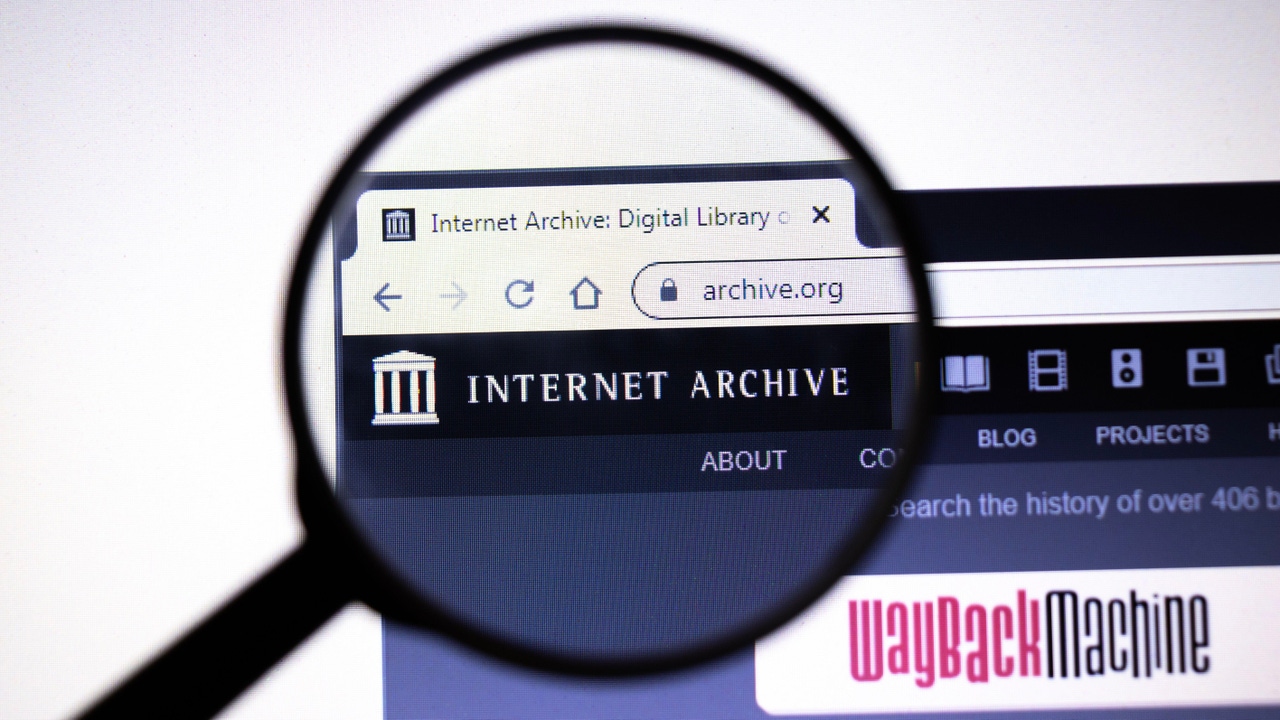Internet Archive Slowly Revives After DDoS Barrage
Days after facing a major breach, the site is still struggling to get fully back on its feet.
October 17, 2024

The Internet Archive, a nonprofit digital library website, is beginning to come back online after a data breach and distributed denial-of-service (DDoS) attacks, prompting a week of its systems going offline.
Founded in 1996 by Brewster Kahle, the archive offers users free access to a historical Web collection, known as the Wayback Machine. This including access to more than 150 billion webpages, nearly 250,000 movies, 500,000 audio items, and more.
This free access to these seemingly unlimited resources all came to a halt on Oct. 9, when hackers stole and leaked the account information of a reported 31 million users.
The users were met with a pop-up that read, "Have you ever felt like the Internet Archive runs on sticks and is constantly on the verge of suffering a catastrophic security breach? It just happened. See 31 million of you on HIBP!"
HIBP is the "Have I Been Pwned" site that allows users to look up whether their personal information has been compromised in a data breach.
The Internet Archive site went offline in an effort to try to prevent such attacks from continuing to happen. Founder Brewster Kahle reported on social platform X that this process would take days, if not weeks.
"The @internetarchive's Wayback Machine resumed in a provisional, read-only manner. .... Please be gentle."
And in an update yesterday, he reported that Wayback Machine is running strong, though the team is still working to bring Internet Archive items and other services online safely.
DDoS Mania
Netscout, which has conducted analyses on the breach, reported that its researchers observed 24 DDoS attacks against the Autonomous System Number (ASN) 7941, the ASN used by the Internet Archive project. The first attack lasted more than three hours, and during the attack, three IP addresses used by Internet Archive received DDoS attack traffic.
"These kinds of attacks energize adversaries, and they often attempt to replicate the feat," the Netscout researchers reported.
Bruno Kurtic, co-founder, president, and CEO of Bedrock Security, notes that perhaps these kind of breaches are inevitable.
"Perimeters will be breached, vulnerabilities will be exploited … attackers will eventually be at the front door of your data stores," he says. "For most enterprises, the first and fundamental gap is not knowing where their data is. Data is fluid, it moves, it sprawls, and it is created at an exponential rate."
To protect that data, Kurtic advises "proactive policy management," as well as detection of movement, encryption, and hashing.
"Monitoring access and continuously scanning to update classifications at hundreds-of-petabytes scale is hard but essential," he adds.
About the Author
You May Also Like




